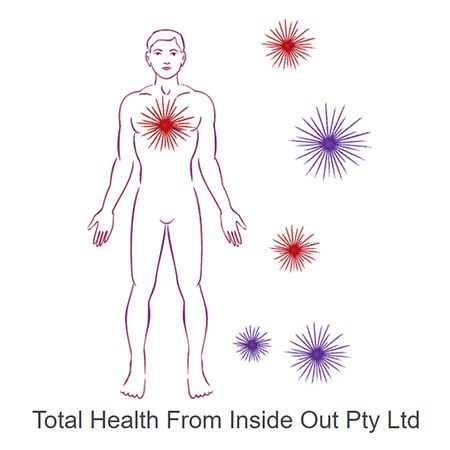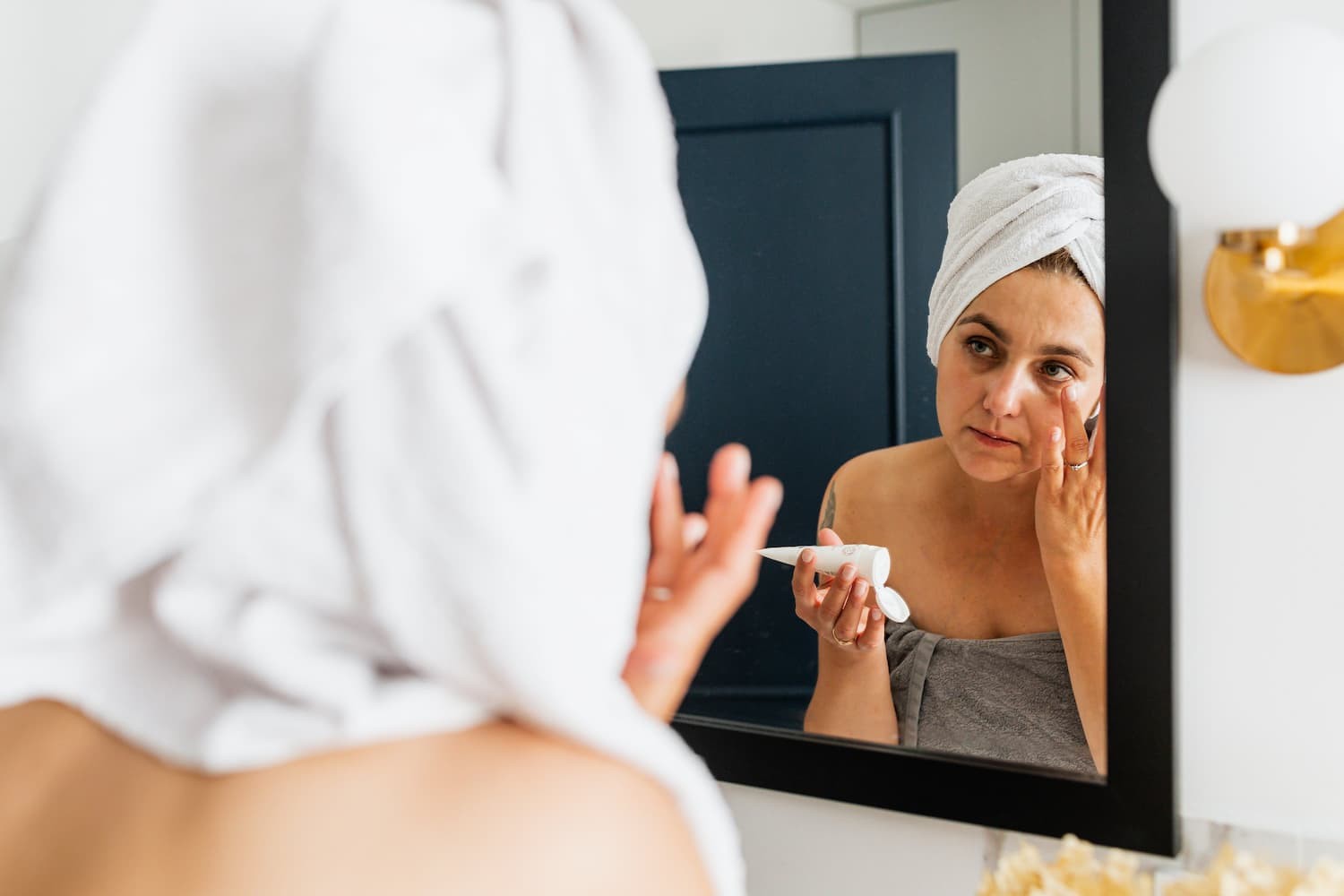
An itchy, red swelling skin is often thought to be a superficial problem that can be easily treated with a topical cream or ointment. Although some skin disorders are caused by external factors like dust, the devastating truth is, most of them are a manifestation of a deeper health issue that can go on for weeks, months or decades if they're not given the proper treatment. This guide takes you through the most common types of skin conditions, their symptoms and causes.
Acne
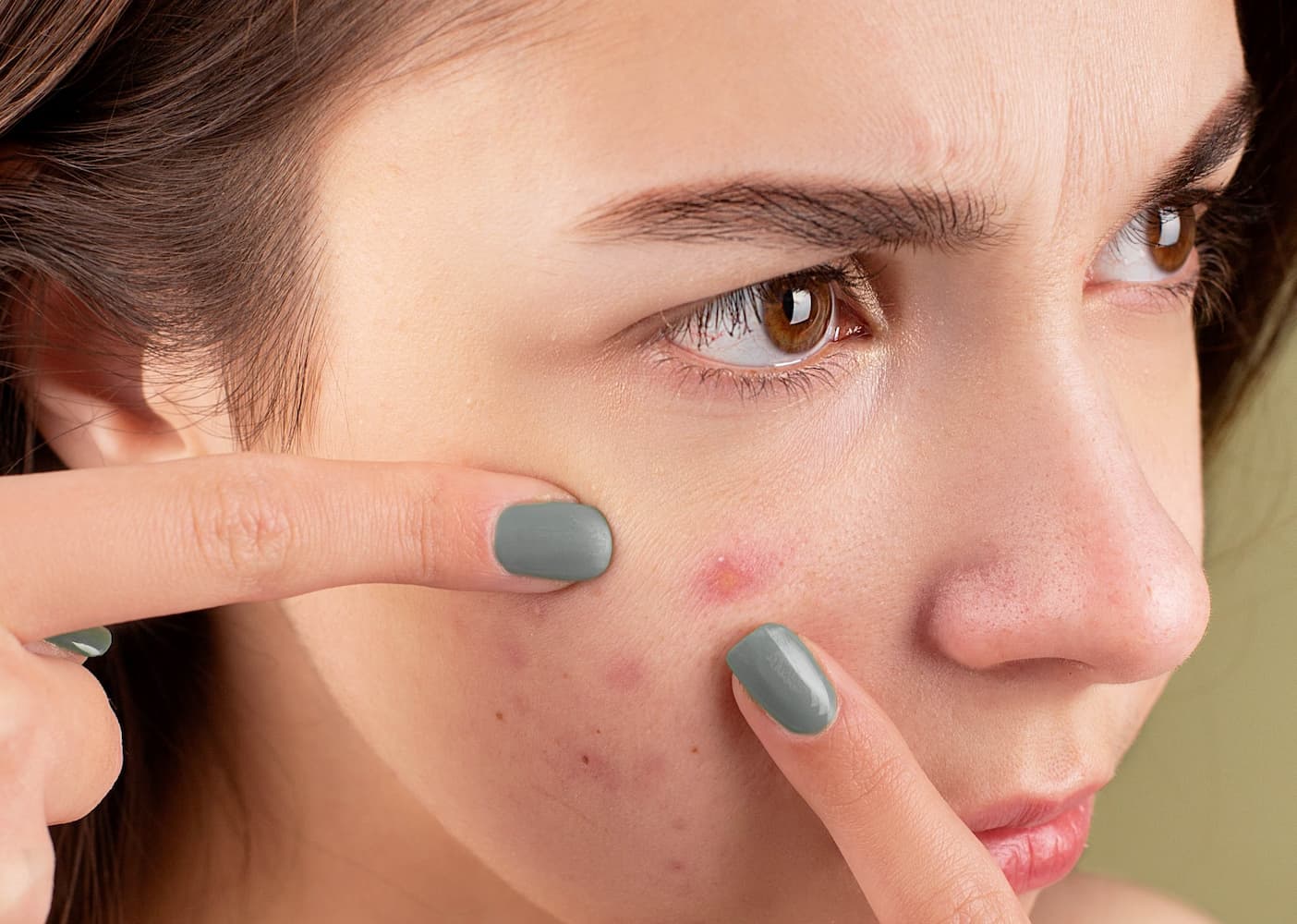 A very common skin condition among teens and adults, acne is more than just clusters of pimples on the face; it can also appear as blackheads, whiteheads, pustules or cysts. Unlike pimples that only grow on the face, acne can appear on the neck, back and chest as well. If left untreated, it can leave permanent scars or dark spots on the skin.
A very common skin condition among teens and adults, acne is more than just clusters of pimples on the face; it can also appear as blackheads, whiteheads, pustules or cysts. Unlike pimples that only grow on the face, acne can appear on the neck, back and chest as well. If left untreated, it can leave permanent scars or dark spots on the skin.
Hives
These itchy welts usually appear as red, overlapping circles on the skin, but they can come in other shapes too. Exposure to food or environmental allergens is the primary cause of this skin problem, though it can also be caused by medication or insect bites.
Rosacea
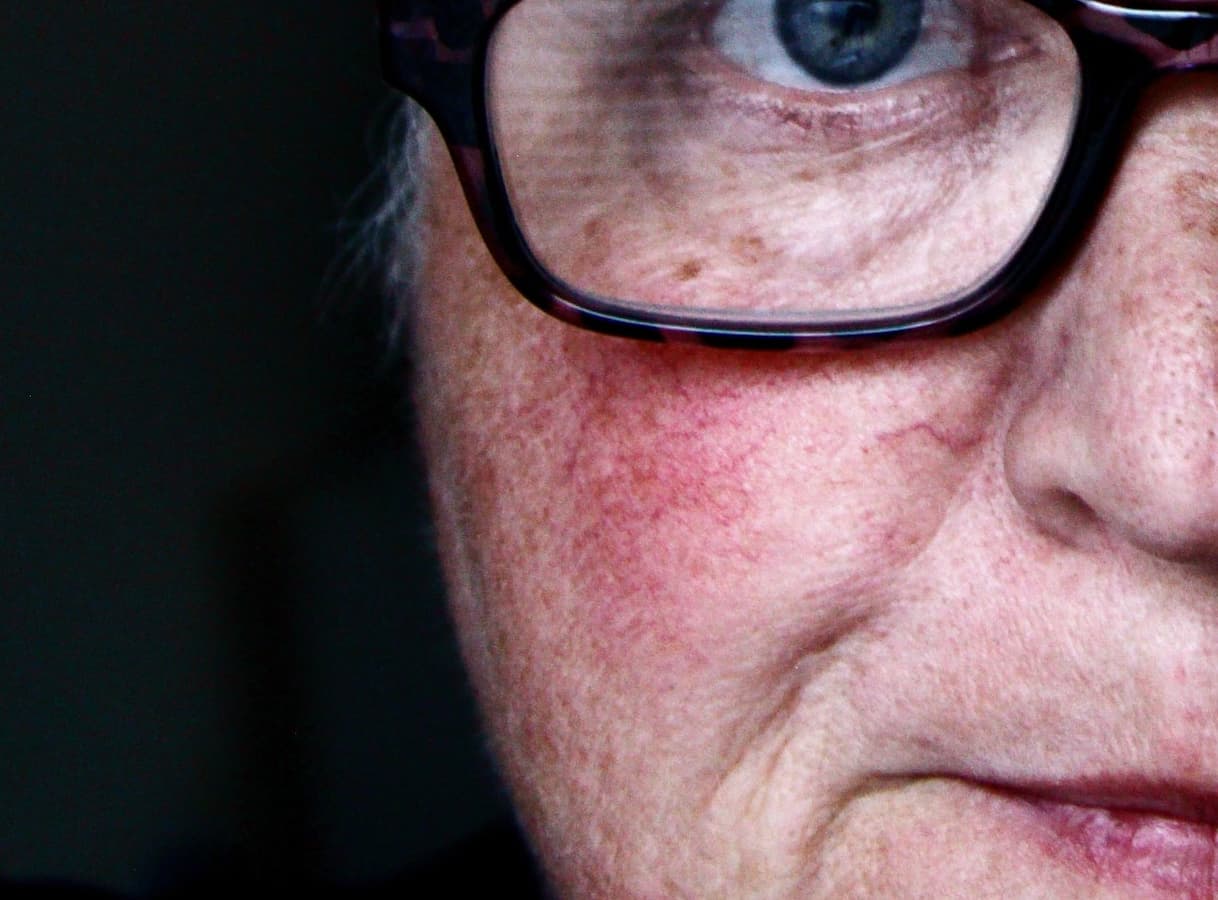 A chronic skin condition characterised by facial redness, swelling, visible blood vessels and pimples that can be mistaken for acne, rosacea is common in adults, mostly women, over the age of 30. It often stems from problems concerning the immune system or environmental factors.
A chronic skin condition characterised by facial redness, swelling, visible blood vessels and pimples that can be mistaken for acne, rosacea is common in adults, mostly women, over the age of 30. It often stems from problems concerning the immune system or environmental factors.
Cold Sores
Cold sores are a viral infection caused by the herpes simplex virus (HSV). They appear as red, fluid-filled blisters on the lips or around the mouth area that merge before erupting. You will feel a burning sensation around our lips before these painful blisters appear.
Eczema
A form of atopic dermatitis, eczema is believed to be a genetic condition that is common in children but may also affect adults. It appears as yellow or white itchy patches of skin on the face, hands or feet. An itchy rash can also appear in the skin folds. Constant scratching can cause skin lesions, crusting and bacterial infection.
Psoriasis
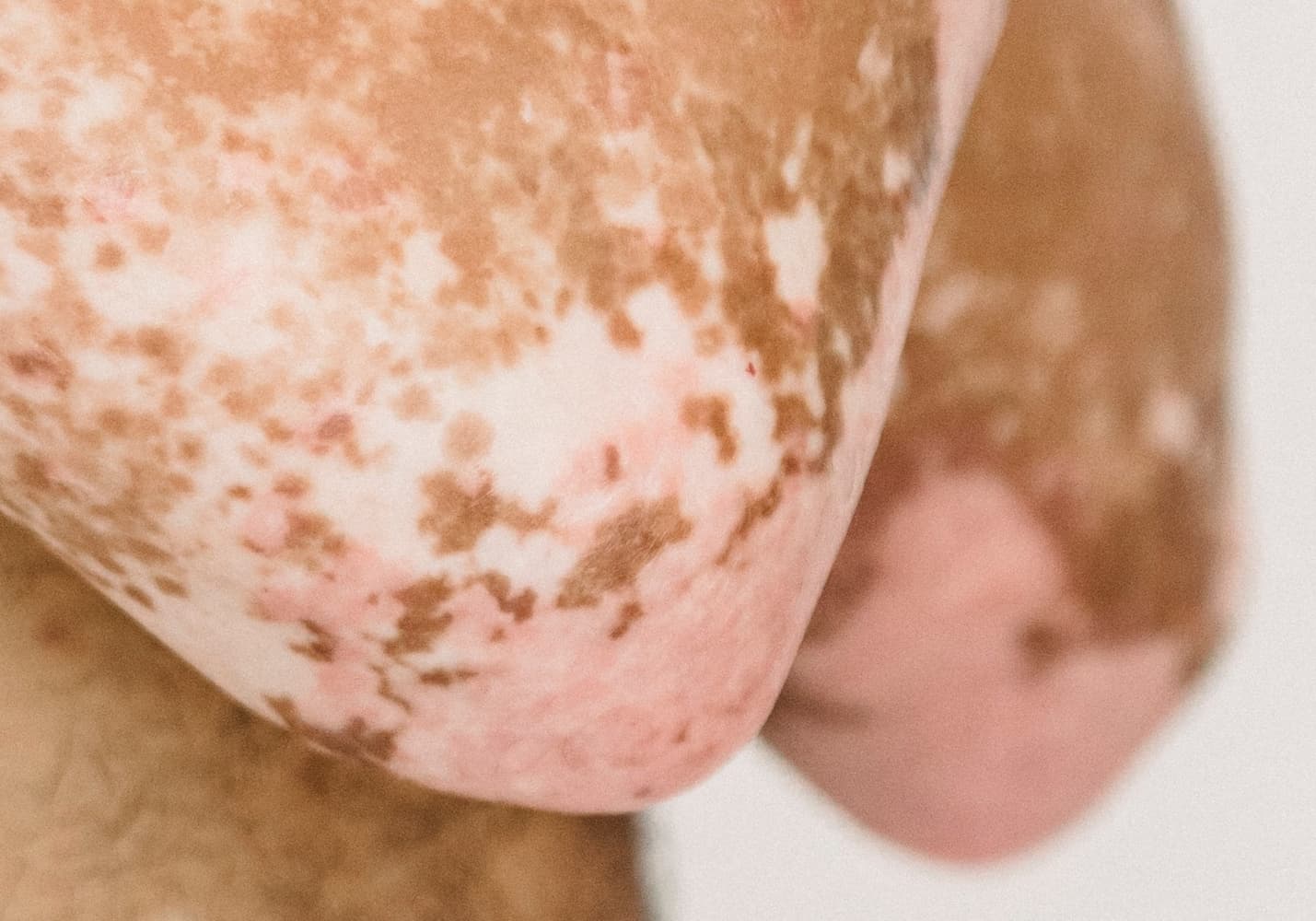 This type of skin condition is characterised by patches of red, dry skin covered with silvery scales. It usually appears on the elbows, knees, hands and fingers, lower back and scalp. Psoriasis occurs when the body's T cells, which are responsible for protecting it against infection, attack the body's skin cells by mistake. This causes the skin cells to regenerate faster than the normal rate, which leads to the build-up of swelling, itchy skin.
This type of skin condition is characterised by patches of red, dry skin covered with silvery scales. It usually appears on the elbows, knees, hands and fingers, lower back and scalp. Psoriasis occurs when the body's T cells, which are responsible for protecting it against infection, attack the body's skin cells by mistake. This causes the skin cells to regenerate faster than the normal rate, which leads to the build-up of swelling, itchy skin.
Melanoma
This is a form of skin cancer that is more common in people with light skin. Dark spots due to sun damage, moles with changing shape or colour and a family history of melanoma are risk factors for this skin disease.
Nappy Rash
Nappy or diaper rash is a common skin condition that affects babies between three weeks and one year old. It's a red rash that causes a burning sensation. A nappy rash is caused by a bacterial infection due to contact with urine or stool. Detergent soaps can also trigger a rash, so it's very important to use mild cleansing materials when handling baby clothes and diapers.
Melasma
A common skin condition, especially in people with darker skin colour, melasma causes dark, discoloured patches on the face. It's linked to unregulated estrogen and progesterone production, as well as high levels of stress and sun exposure.
Age Spots
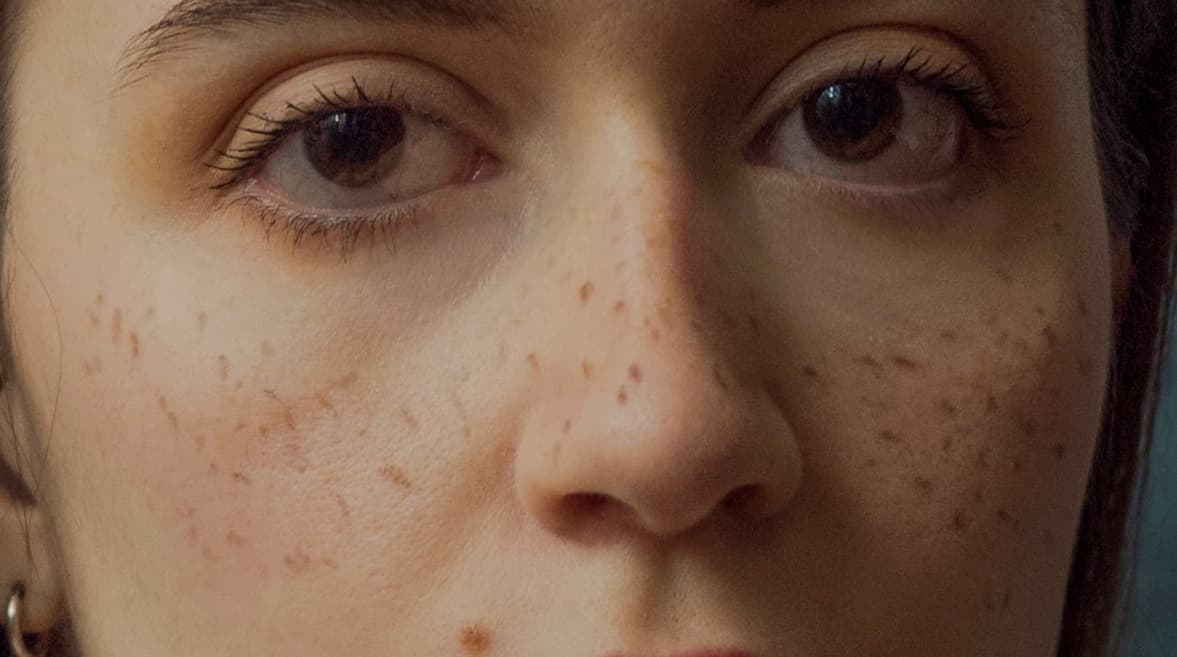 Characterised by flat, oval or circular dark spots on the face, hands and arms, age spots are common in older adults, but young people can get them as well. This skin condition is caused by spending prolonged time in the sun. The manifestation of dark spots is the skin's way of protecting itself from sun damage.
Characterised by flat, oval or circular dark spots on the face, hands and arms, age spots are common in older adults, but young people can get them as well. This skin condition is caused by spending prolonged time in the sun. The manifestation of dark spots is the skin's way of protecting itself from sun damage.
Contact dermatitis
Contact dermatitis is a fleeting skin condition that occurs when the skin comes into contact with an irritating substance such as cleaning products, latex gloves, coins, jewellery or cosmetic products among others. Although the skin becomes red and severely itchy, removing the triggers is an effective treatment option.
What are the Common Symptoms of Skin Problems?
A skin condition usually manifests as an itch, blister or burning sensation on the surface of the skin. However, it's worth noting that the symptoms that appear on your skin may not be skin-deep as there are many skin-related autoimmune diseases, such as psoriasis, which manifest in the guise of a skin problem. Other conditions may be a result of a secondary infection. We list below the most common signs of a skin disorder:
- Itchy or painful rash
- Dry itchy skin
- Scaly skin
- Skin lesions or weeping
- Discoloured patches of skin
- Abnormal mole size, shape or colour
- Peeling skin
- Pus-filled bumps
- Excessive redness of skin
What are the Main Causes of Skin Problems?
Most people would associate the growth of pimples or acne with poor hygiene, but there are several other factors that can lead to this condition and other skin problems as well. Although it's true that practising good hygiene plays an important role in maintaining a healthy skin, there are certain health conditions that can trigger a rash, skin discolouration or patches of itchy scales on the skin. A liver disease resulting from Hepatitis C, for instance, has been directly linked to skin rashes by several researchers. Other common causes of skin diseases include:
- Genetics
- Problems with the immune system
- Hormonal imbalances
- Fungal infection
- Environmental factors
- Lifestyle habits
- Diet
- Exposure to allergens
What are Available Treatment Options for Skin Problems?
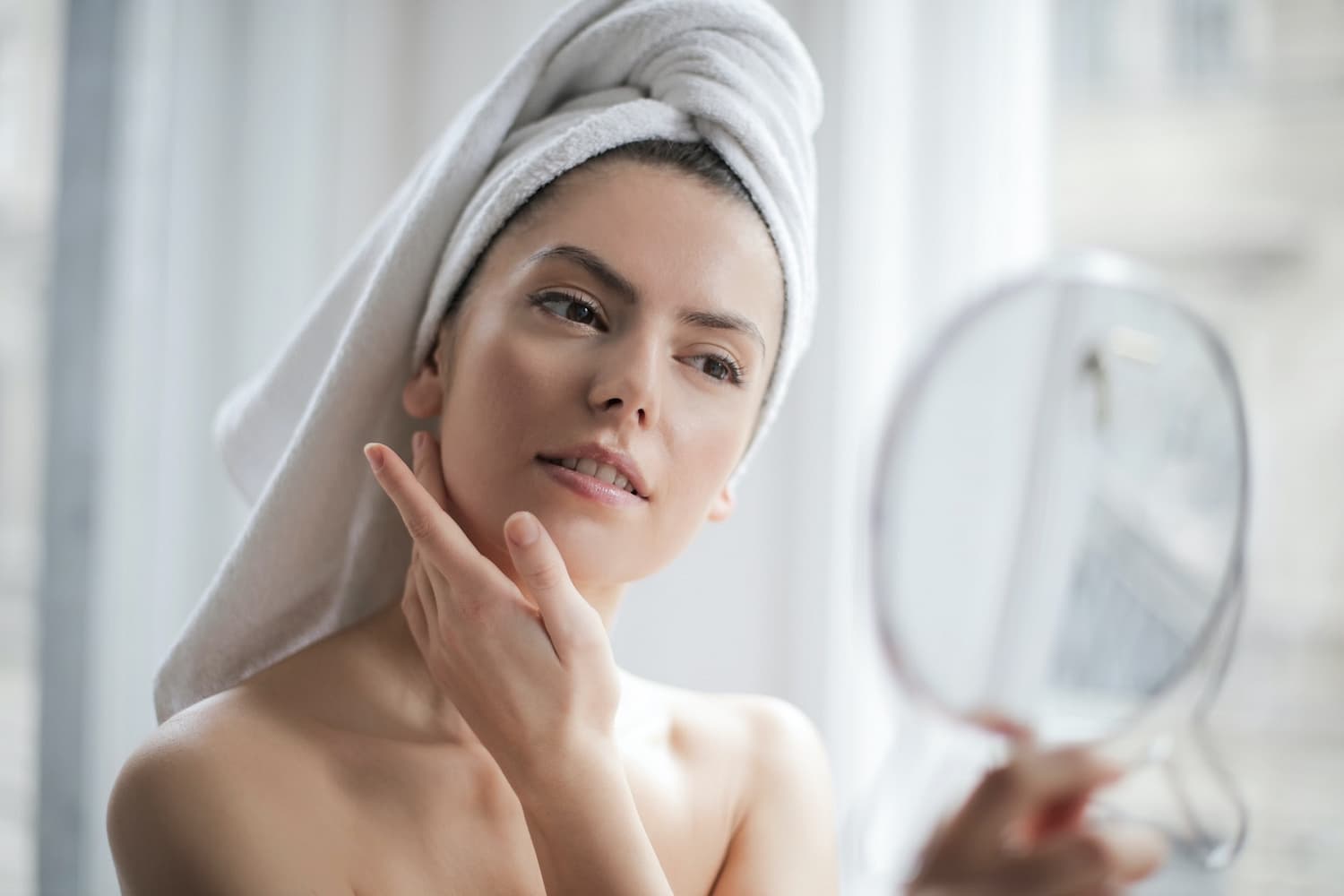
To find out what will work for your skin problem, you have to know it's root cause. Skin biopsies and patch tests are standard diagnostic procedures for identifying the underlying cause of a skin disorder. The results of these tests will help the doctor develop an appropriate treatment plan.
Topical treatments like antifungal cream, corticosteroids and cool compresses can help reduce the itch, inflammation and discomfort caused by a skin condition. The first-line drugs that a skin specialist would normally prescribe are antihistamines or antibiotics. However, not all skin disorders respond to medical treatments; in fact, many of which get worse over time.
If you've been suffering from a chronic skin condition which conventional medicine has failed to treat, perhaps a natural approach may be of help. Making dietary and lifestyle changes is a good start. Also, you may want to seek the advice of a naturopath, TCM practitioner or another complementary medicine practitioner who specialises in herbal remedies. Check out the Natural Therapy Pages' full listing of natural health professionals to find a qualified practitioner in your local area.
|
Do you have a natural health & wellness business? |




